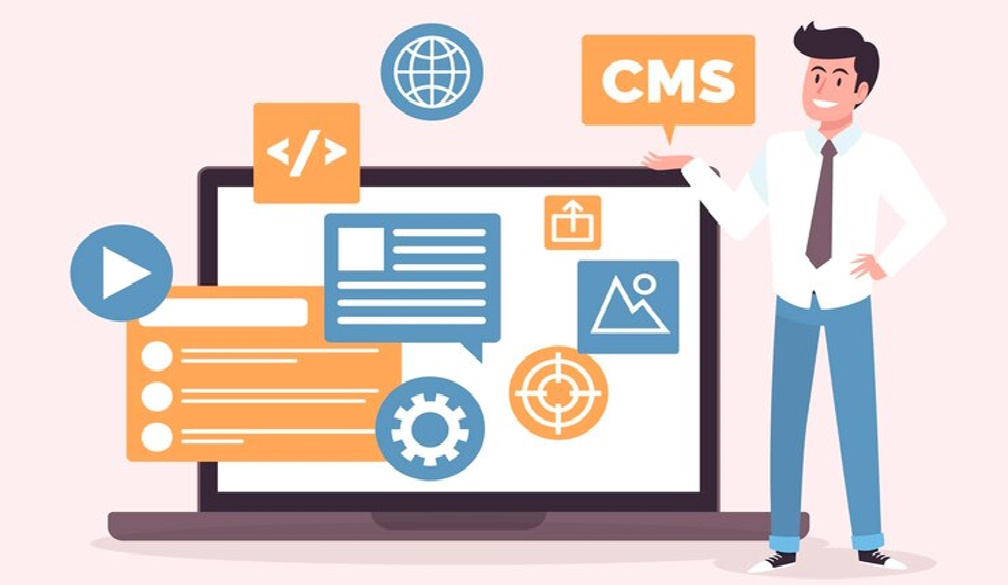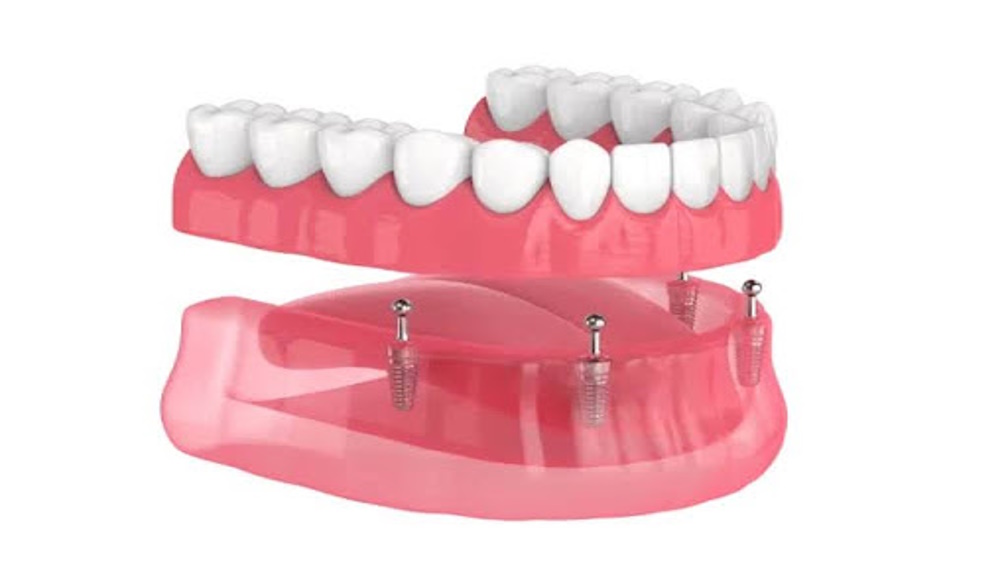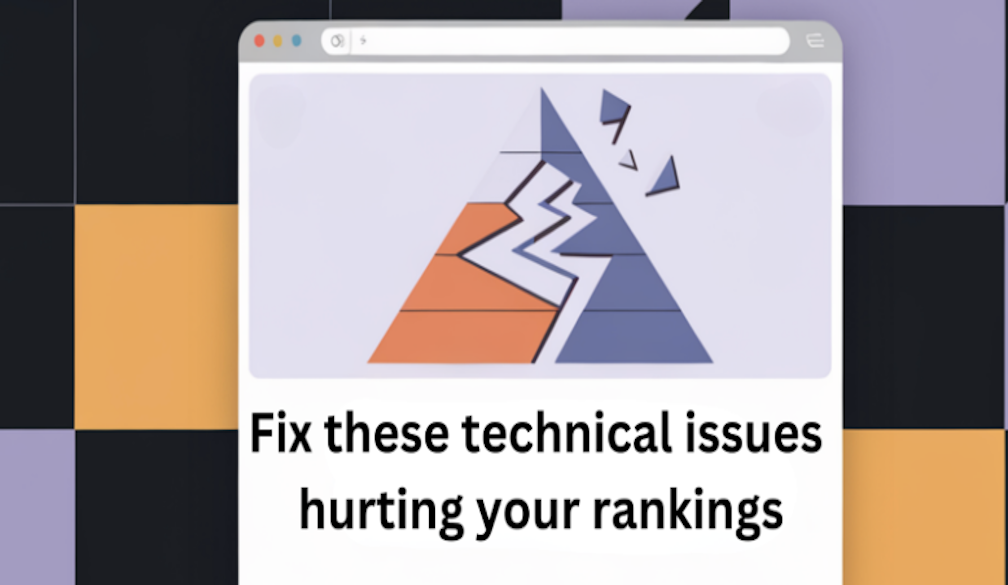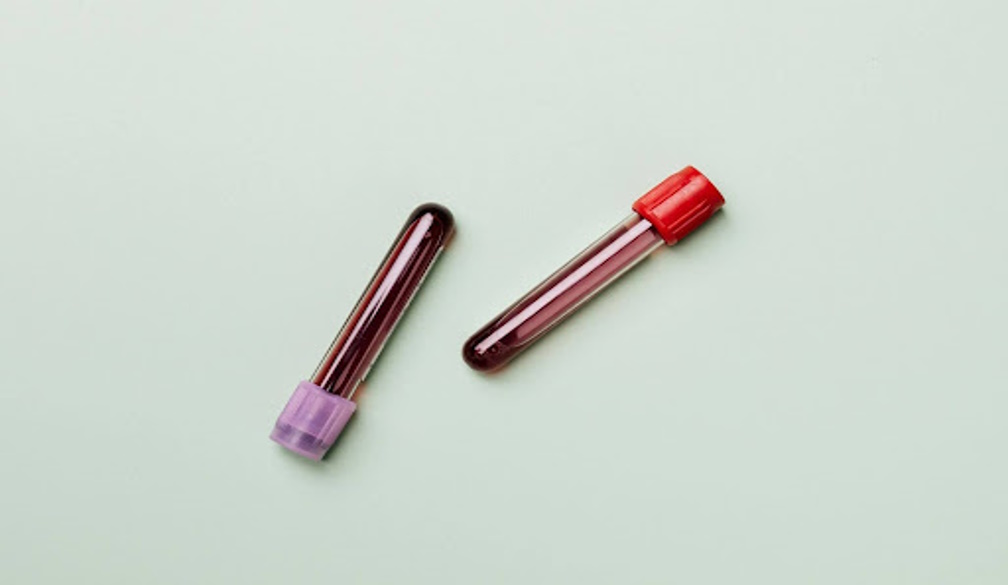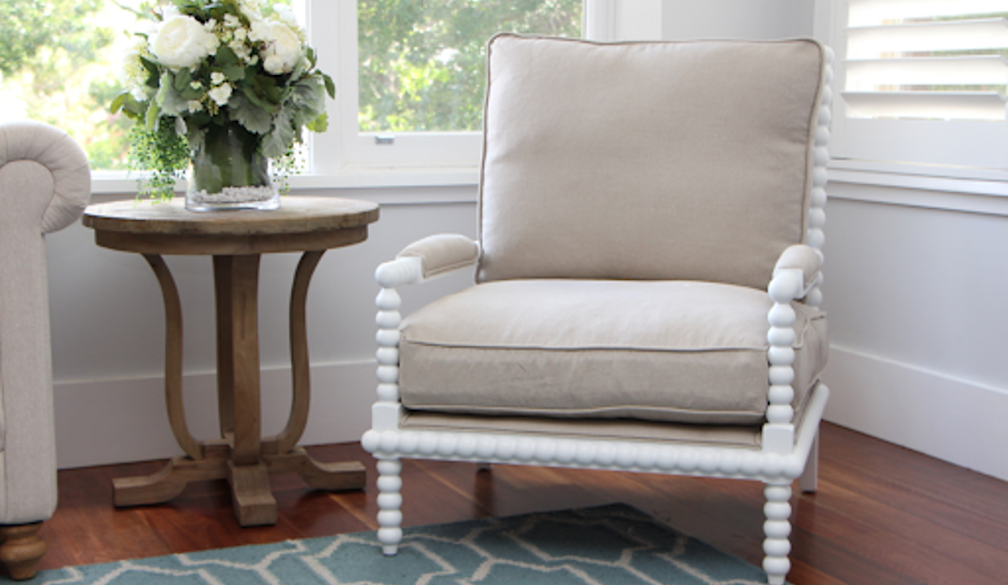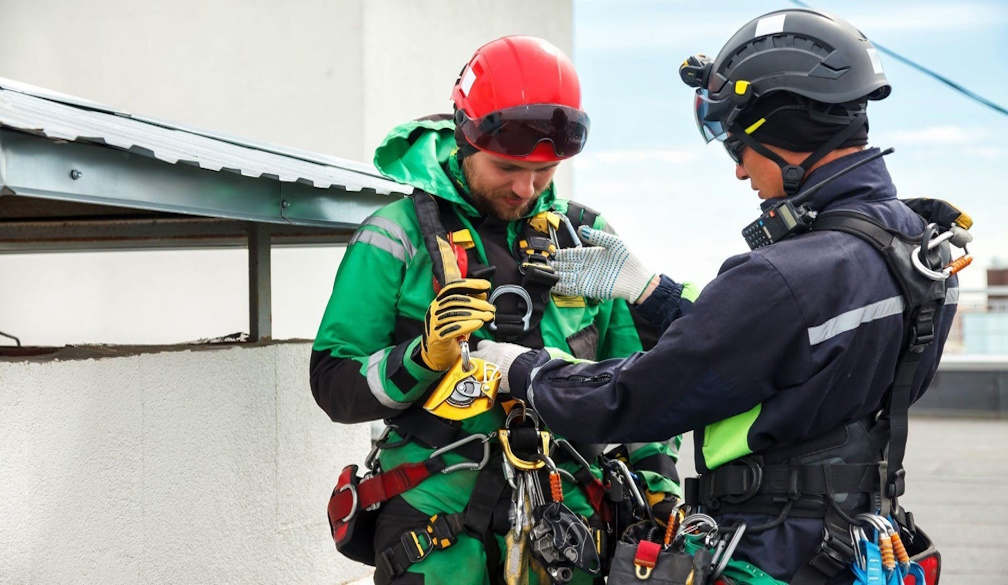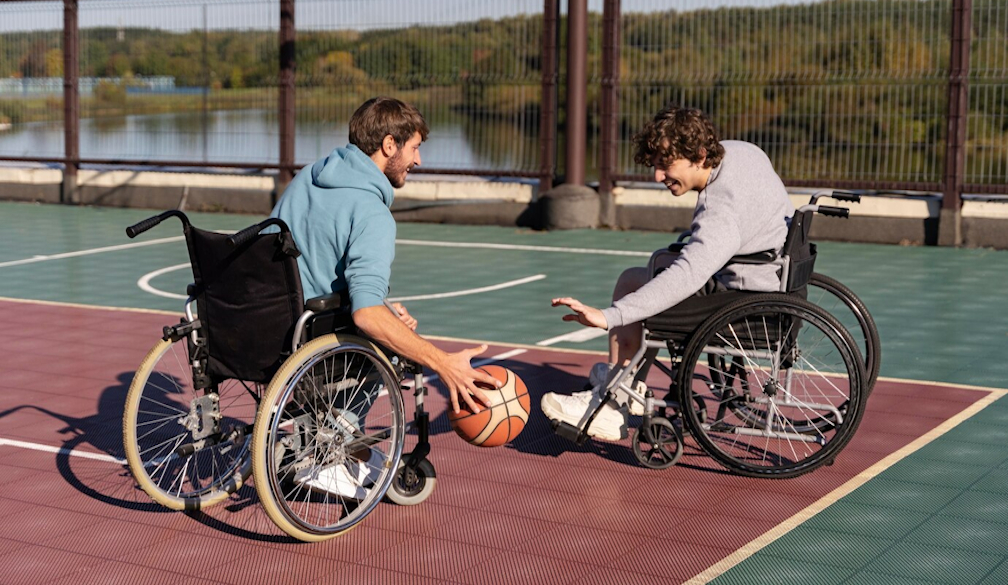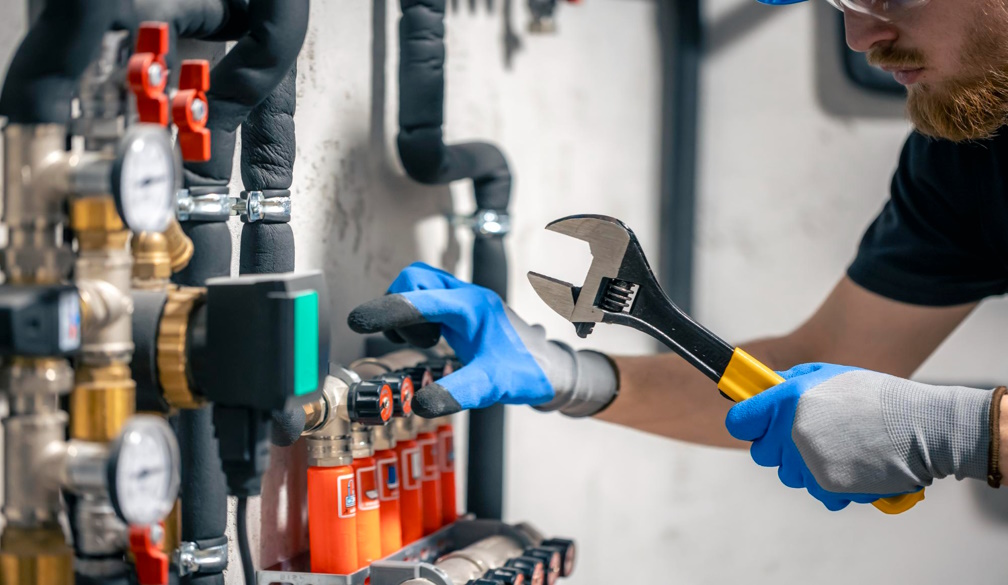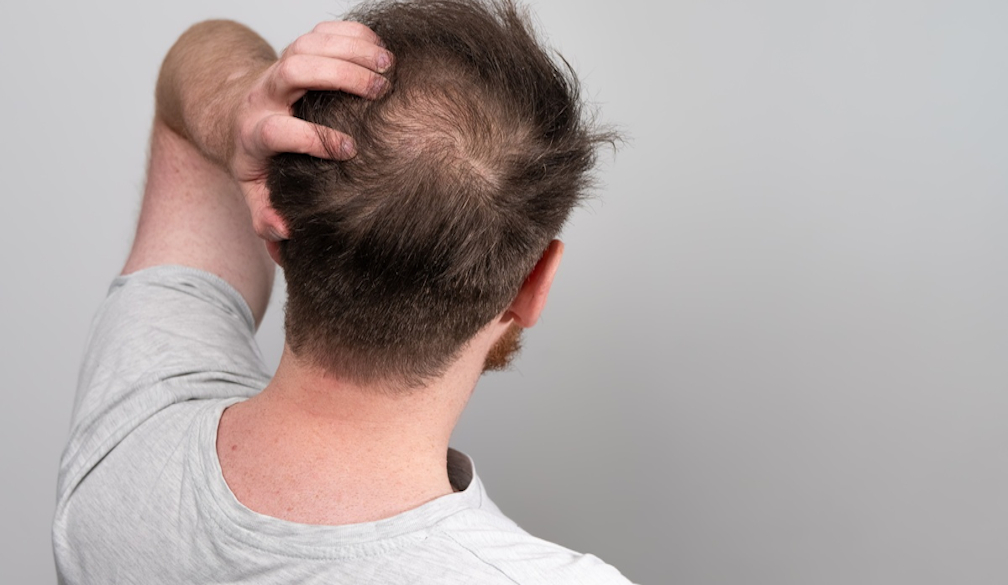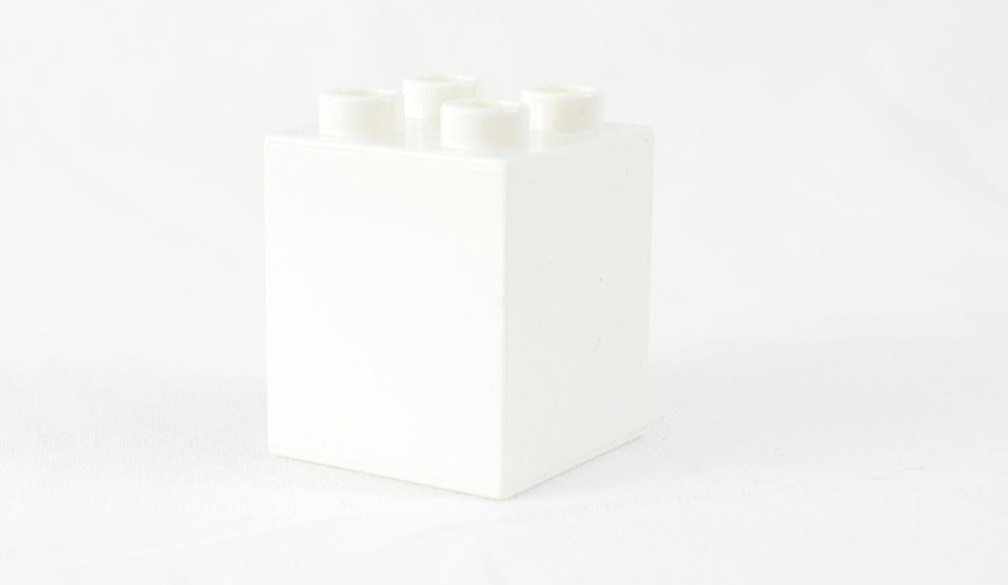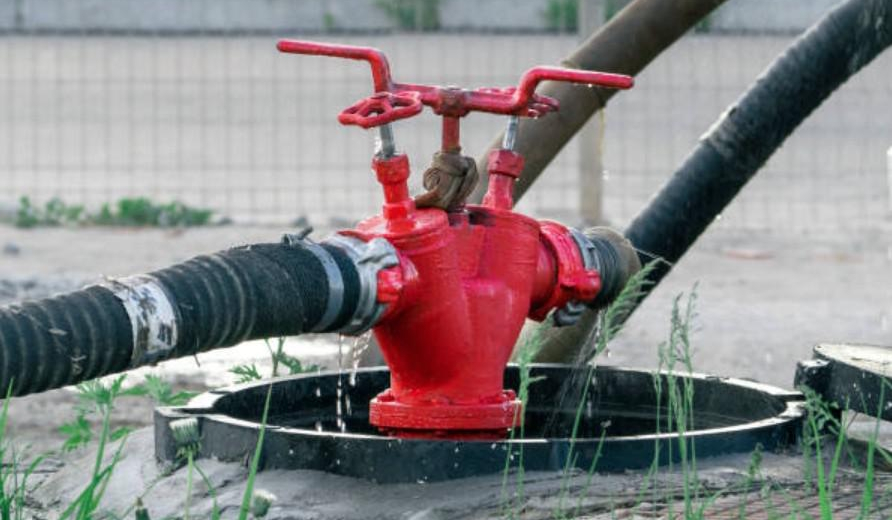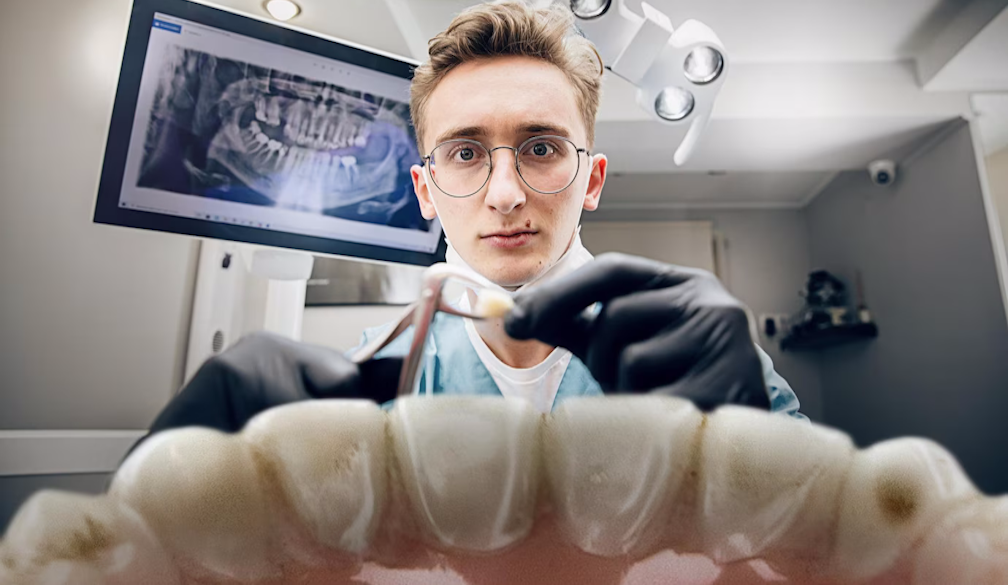It's tempting to believe good news. But are there really fewer premature babies in lockdown? We're likely clutching at straws
- Written by Lauren Kearney, Senior Lecturer, Nursing and Midwifery, University of the Sunshine Coast
Amid the horrific stories of coronavirus deaths and disease around the world, researchers have reported a ray of light.
Almost simultaneously, two independent groups in Europe noticed their neonatal intensive care units seemed quieter during the pandemic.
Was this a coincidence? Or were there actually fewer babies born prematurely who needed intensive care? And if fewer premature babies were being born, why?
So, the researchers studied what was going on to try to get a fuller picture of how COVID-19 affects pregnant women and their newborns.
Here’s what they found
In Denmark, there was a significant drop (around 90%) in the rate of babies born extremely premature (under 28 weeks gestation) during the nationwide lockdown, compared with a stable rate in the previous five years.
However, the researchers did not see a drop in the rate of other preterm babies born (at greater than 28 weeks but under 37 weeks).
Read more: Coronavirus while pregnant or giving birth: here's what you need to know
Irish researchers thought lockdown was an opportunity to measure whether non-medical, community-based, social factors were associated with a reduction in preterm birth. When they ran a similar study to the Danish team, they found similar results.
Over the past two decades, women were on average 3.77 times more likely to have a very low-birthweight baby (under 1,500g) than during the recent lockdown, in the study region of the Irish study. This was about a 73% reduction in very preterm births.
What could explain this?
There is a certain irony about these findings.
Pregnant women are sharing stories of increased stress, fear and anxiety during the pandemic. And there’s strong evidence stress, fear and anxiety during pregnancy is associated with preterm birth.
So we’d potentially see an overall increase in preterm birth, which we’ve yet to measure or see.
Read more: Pregnant in a pandemic? If you're stressed, there's help
Yet, pregnant women’s response to lockdown measures may indeed reduce other stressors. They may be spending less time commuting to work and facing stressful workplace dynamics. This may allow them to get more rest and increased access to family support.
Physically demanding work or demanding shiftwork, known to increase risk of preterm birth, may also have been eliminated or reduced.
Another theory relates to the removal of pregnant women from busy workplaces and community activities, reducing their exposure to pathogens generally.
Inflammation and other immune-related responses are thought to contribute to the risk of preterm birth. And we know rates of some infectious diseases, including influenza, have reduced during the pandemic, as we physically isolate, wash hands and wear masks.
Lockdown has also caused a reduction in air pollution said to act together with other biological factors to induce inflammation and influence the duration of pregnancy.
Hang on a minute
Authors from both studies attributed this significant decrease in extreme preterm birth to the sum total of social and environmental changes during lockdown. They did not pinpoint one specific factor.
In fact, their studies were not designed to demonstrate which specific factor caused what, so we need to interpret their findings with caution.
And their studies are “pre-prints”, meaning they have not been formally peer- reviewed.
Read more: Researchers use 'pre-prints' to share coronavirus results quickly. But that can backfire
While these studies offer some interesting discussion points, we have some reservations about how they should inform future work.
Ideally, other researchers would want to replicate a given exposure or intervention to see if they come up with similar results. But how do we ethically replicate the drastic social-environmental change pregnant women have had to face once the pandemic is over?
Can we really expect future pregnant women to stay home, not work so hard on their feet, and limit social interaction so we can see what happens? It may have the exact opposite effect on their well-being.
 Ethically, how could we ever repeat this ‘experiment’ to verify the researchers’ results?
from www.shutterstock.com
Ethically, how could we ever repeat this ‘experiment’ to verify the researchers’ results?
from www.shutterstock.com
Some neonatal intensive care units may have seen an increase in preterm births during the pandemic. But this may not have been studied formally, published or reported as news.
We have also peer-reviewed published studies showing an increased risk of preterm birth if women are diagnosed with a coronavirus related illness. That’s SARS (severe acute respiratory syndrome), MERS (Middle-East respiratory syndrome) or COVID-19.
Once the full impact of this pandemic is revealed, we may well see an overall increase in preterm births related to coronaviruses.
Perhaps we are clasping at straws, trying to visualise some possible benefit to the most significant disruption the world has undergone in recent years. But we are cautious to say we have found it here.
Read more: Coronavirus with a baby: what you need to know to prepare and respond
Authors: Lauren Kearney, Senior Lecturer, Nursing and Midwifery, University of the Sunshine Coast



